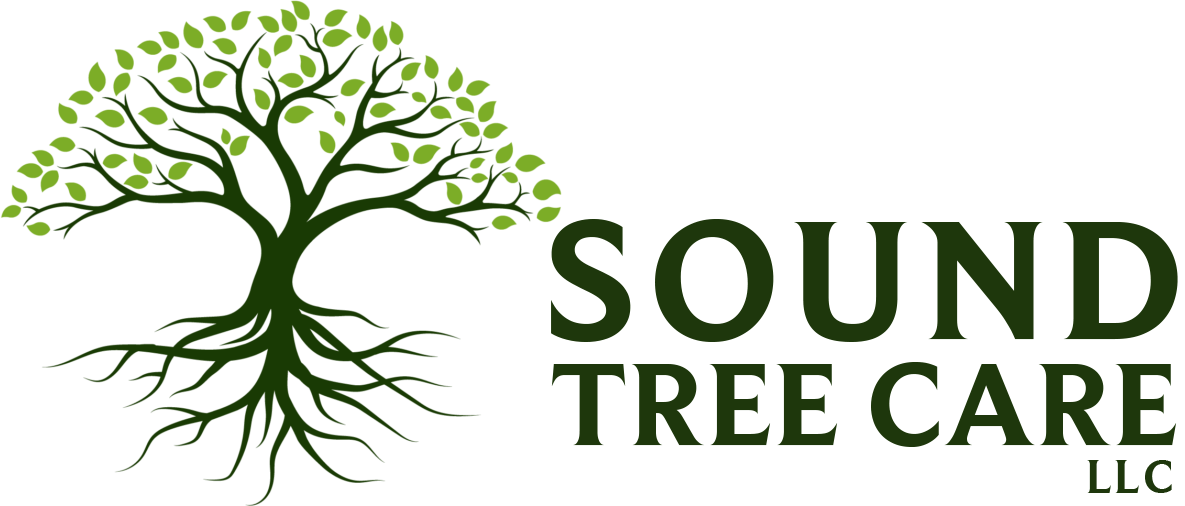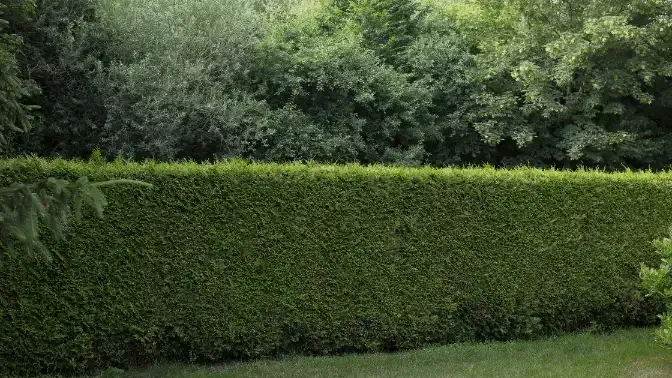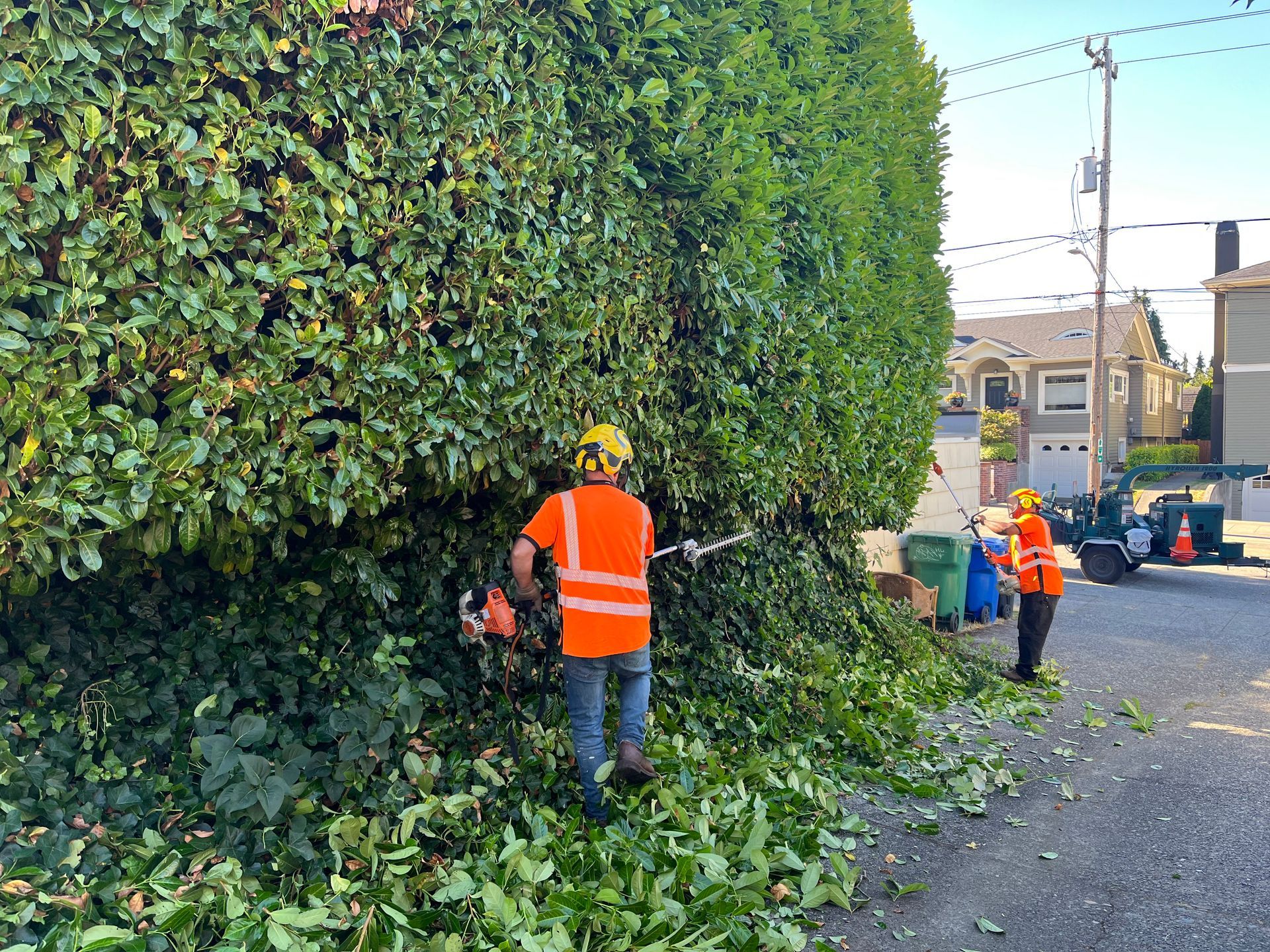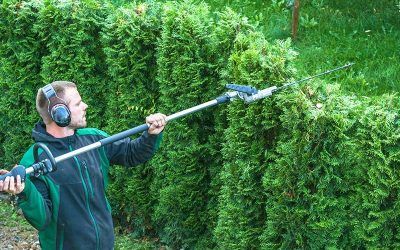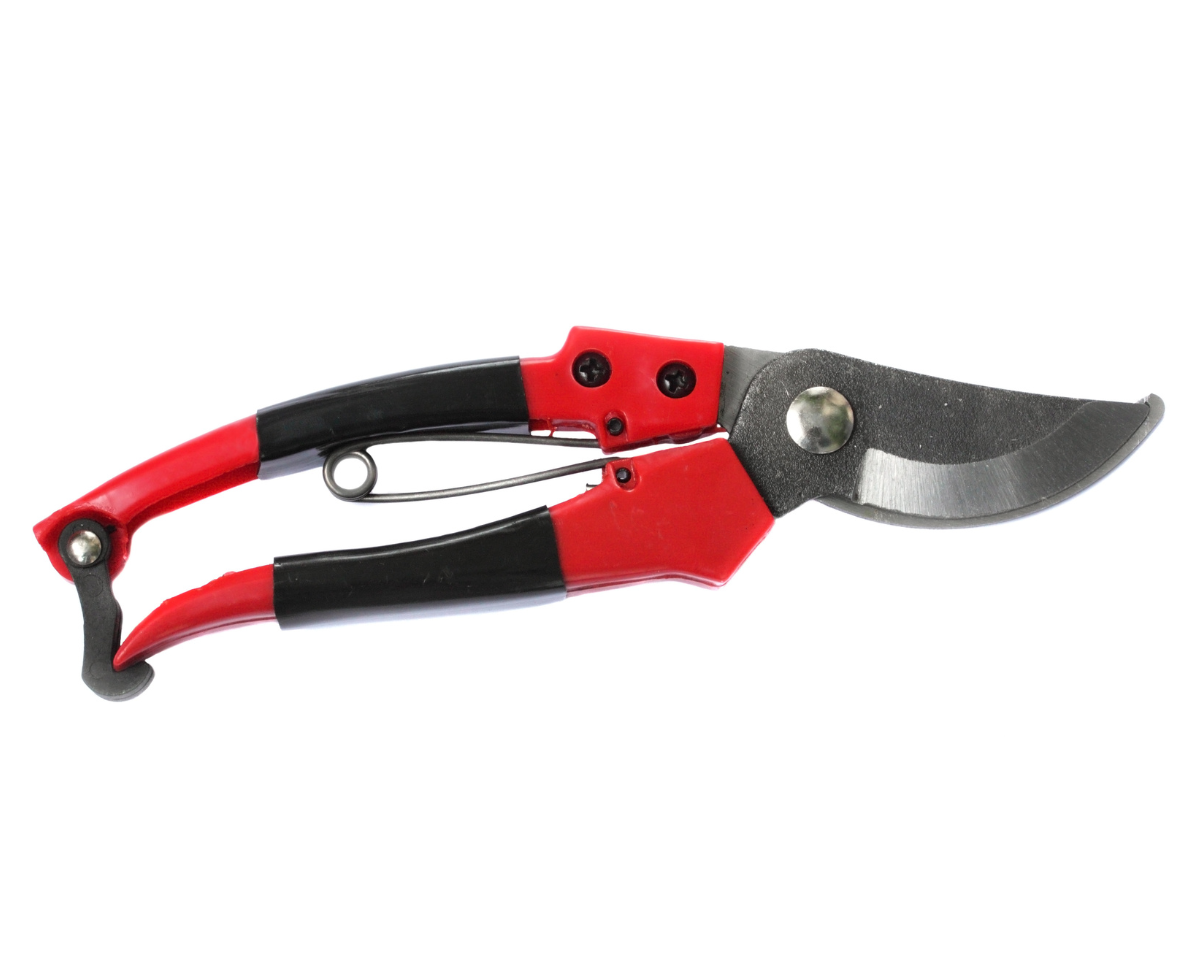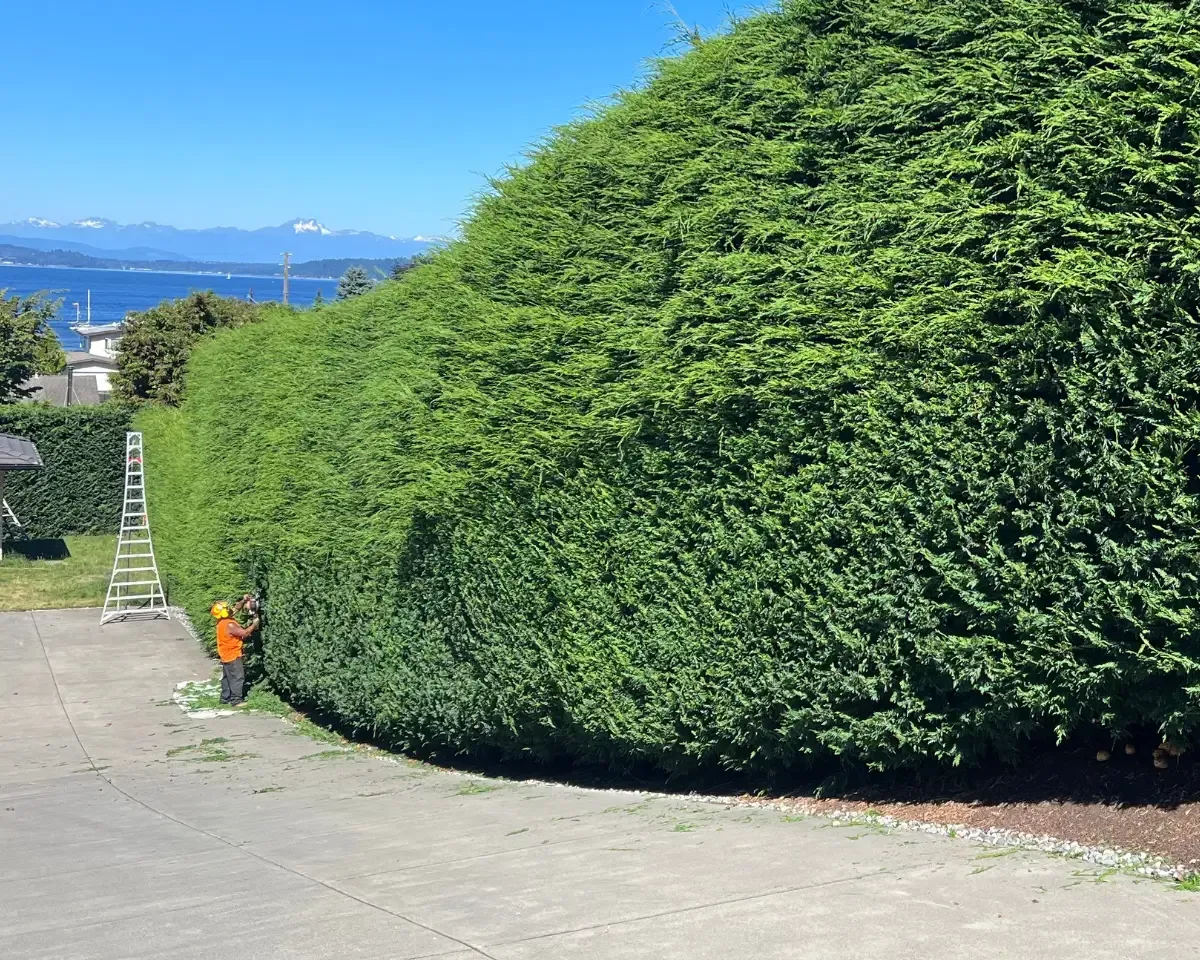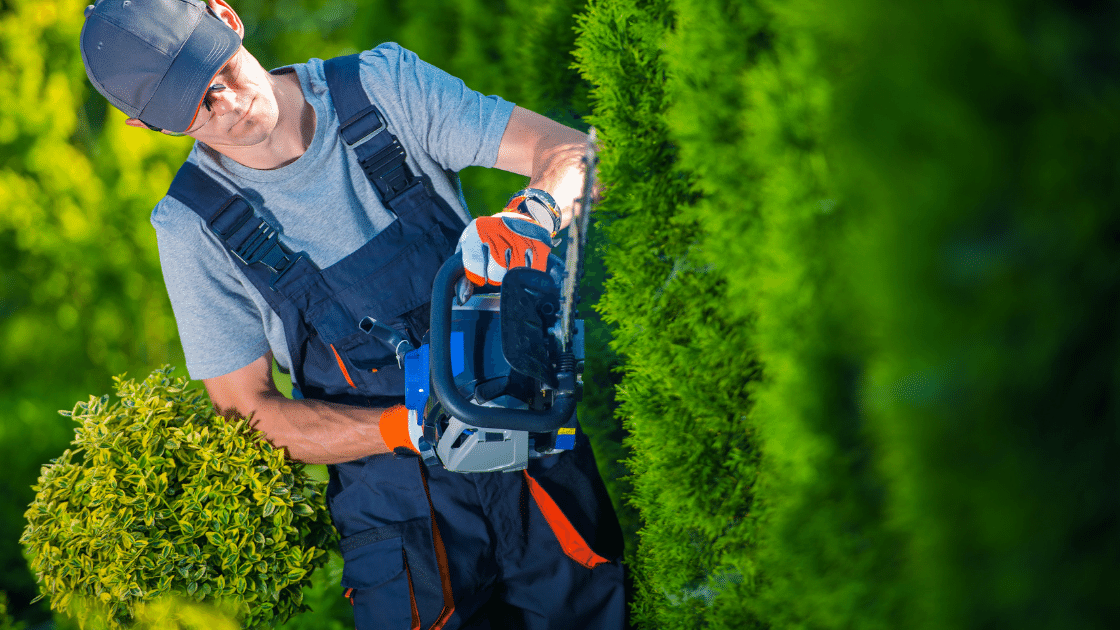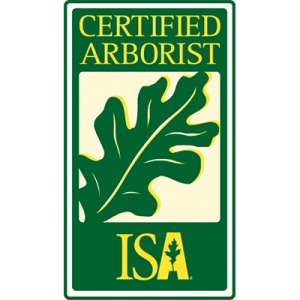Steps for Trimming Formal Hedges:
Formal hedges require precise trimming to maintain uniformity. Follow these steps for perfectly shaped hedges.
Create a Guide: Use a taut horizontal string tied between stakes to guide your cuts for straight edges and even heights.
Taper the Sides: Keep the base slightly wider than the top to ensure sunlight reaches all parts of the hedge.
Use Templates for Shaping: If shaping the hedge into an arch or other design, use a cardboard or plywood template to guide your cuts.
Power Trimming: Move the blade in broad, sweeping motions from bottom to top.
Prune Inner Branches: Every few feet, cut a few interior branches at a 45-degree angle to improve airflow and sunlight penetration.
How to Maintain Informal Hedges:
Informal hedges are less uniform and require light trimming to maintain their natural shape.
Trim new growth in summer or after flowering for species that bloom. Use hand shears or loppers to avoid damaging foliage, especially on evergreen shrubs. Remove misplaced shoots and shape the hedge to your desired size.
For old or overgrown hedges, apply the three-year rule:
Remove up to one-third of the thickest stems at the base each year for three years. Allow new growth to emerge before trimming again. This rejuvenation technique encourages healthy regrowth and restores the hedge's shape over time.
